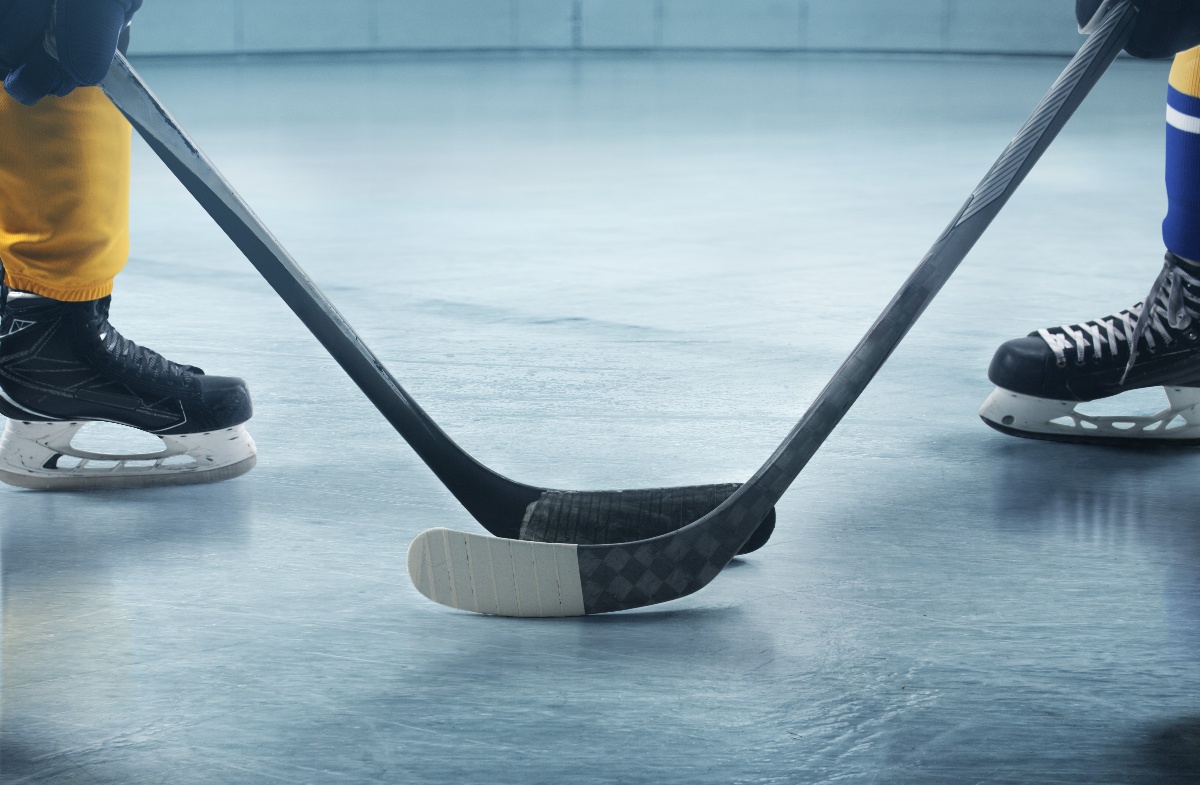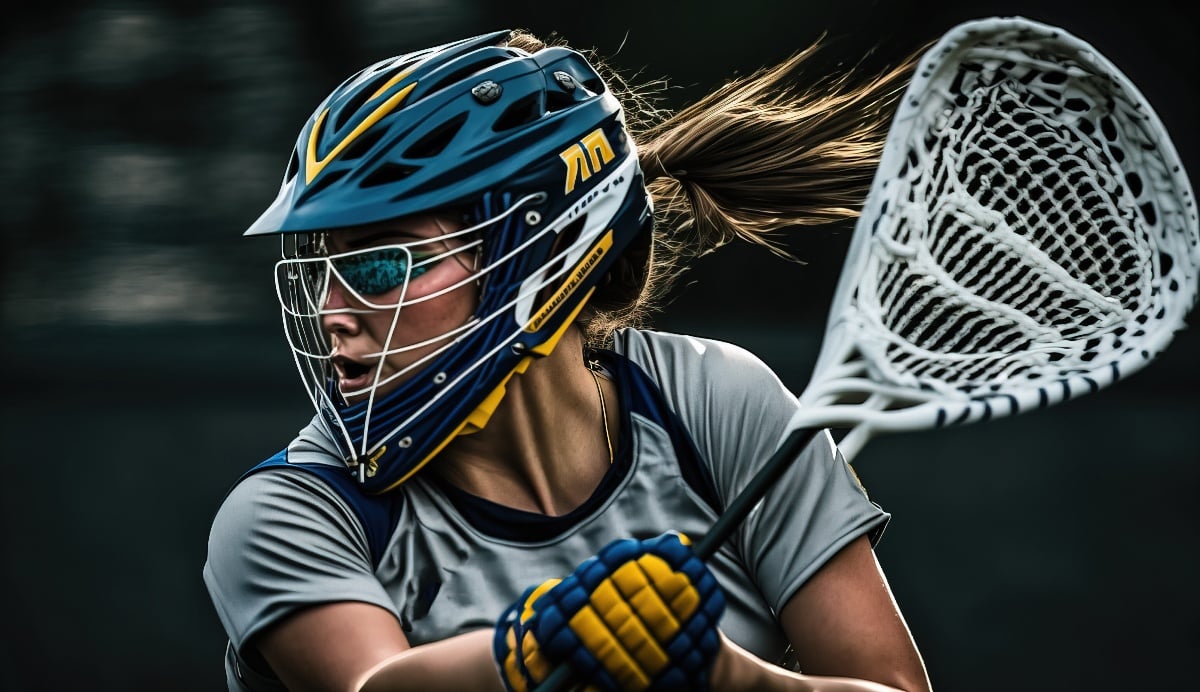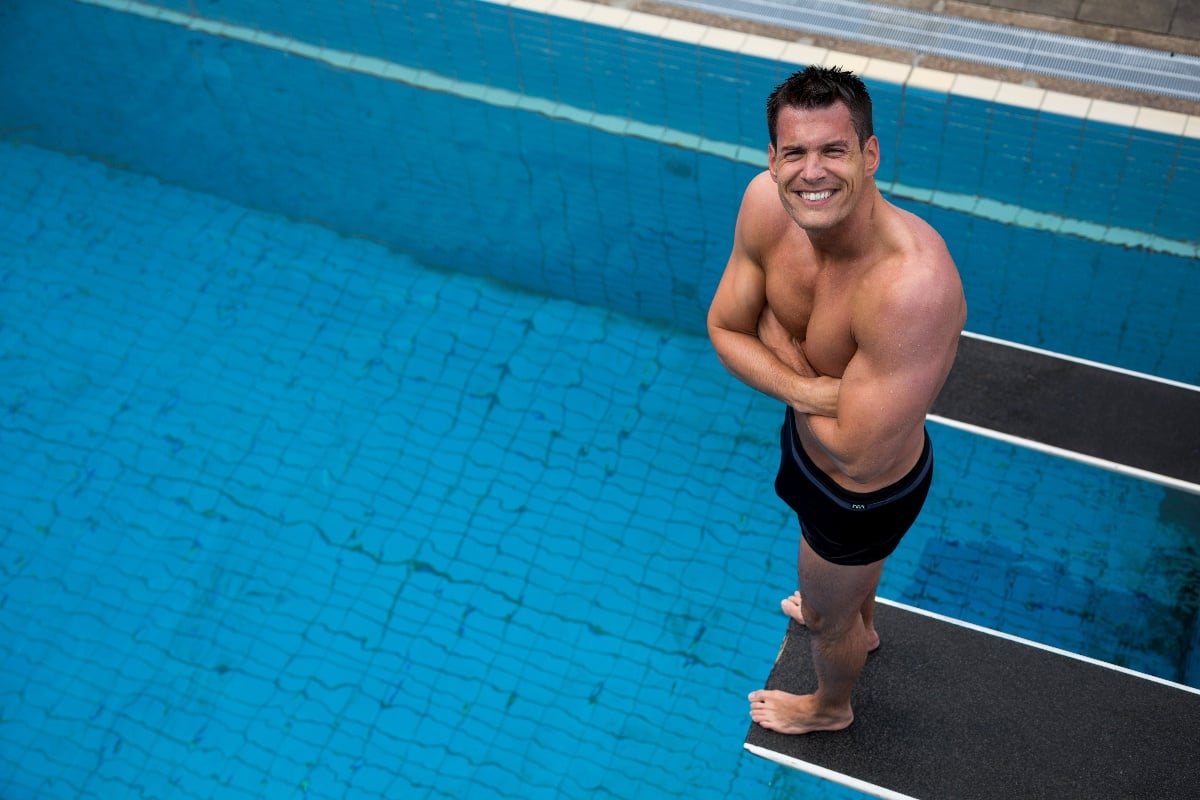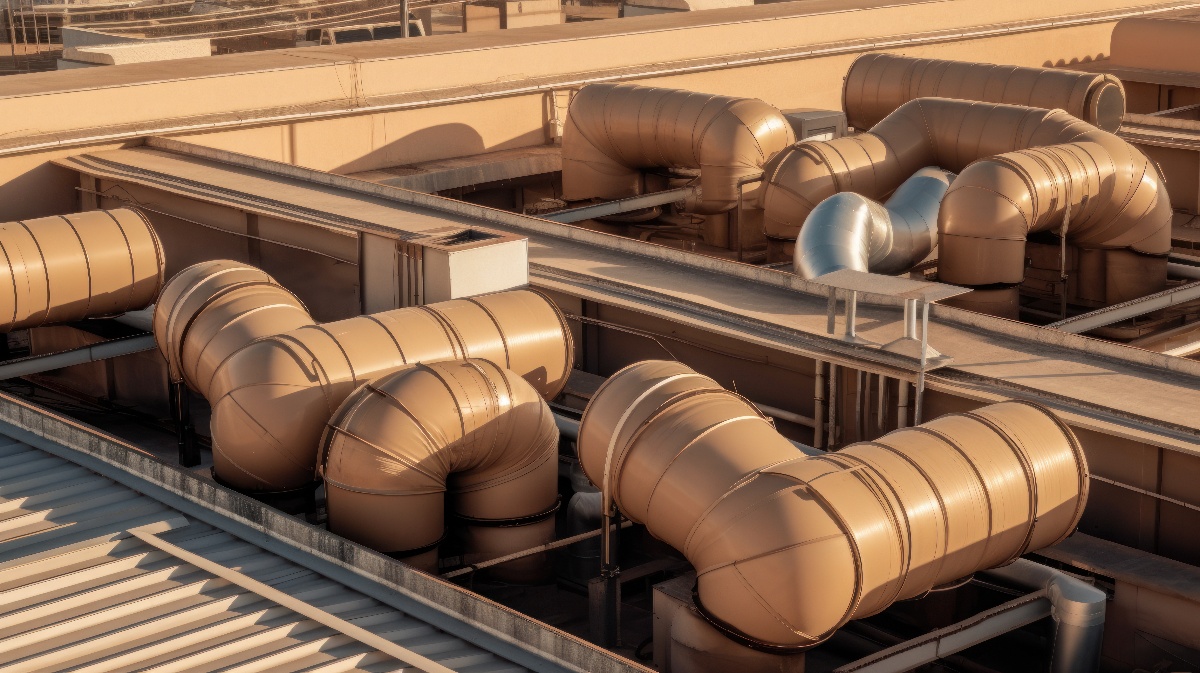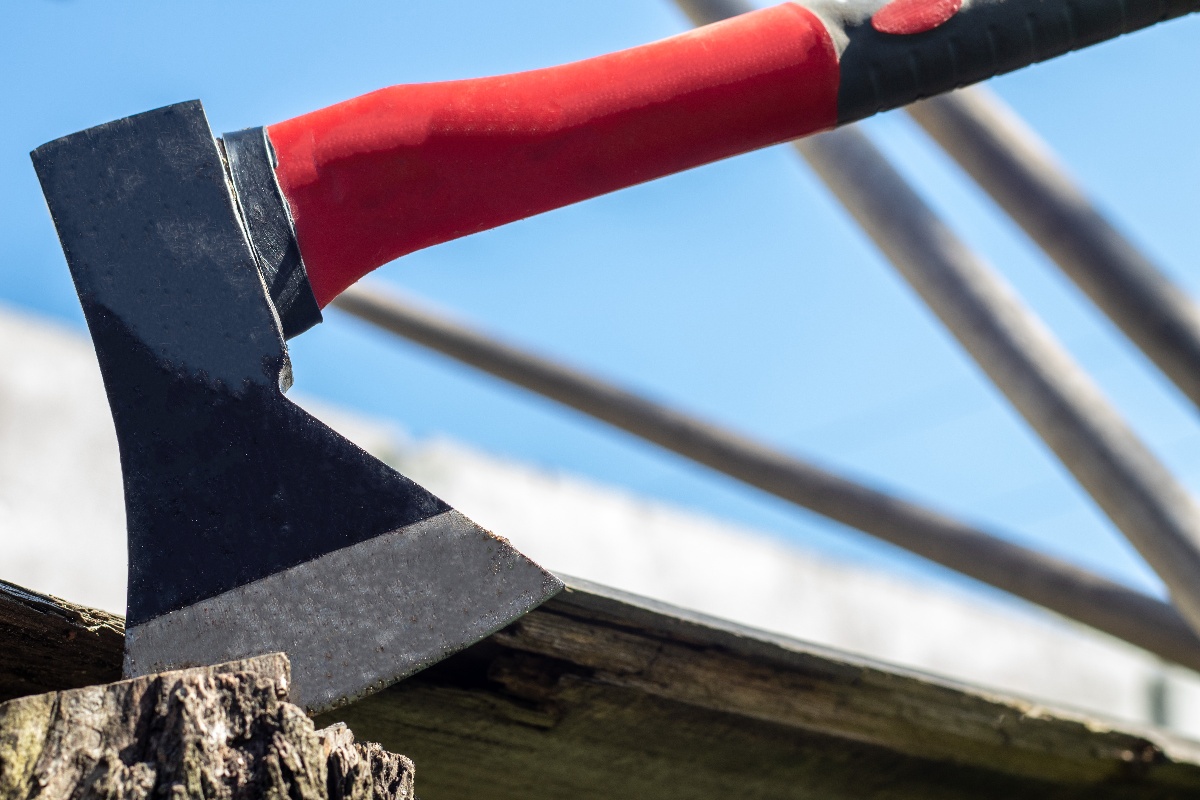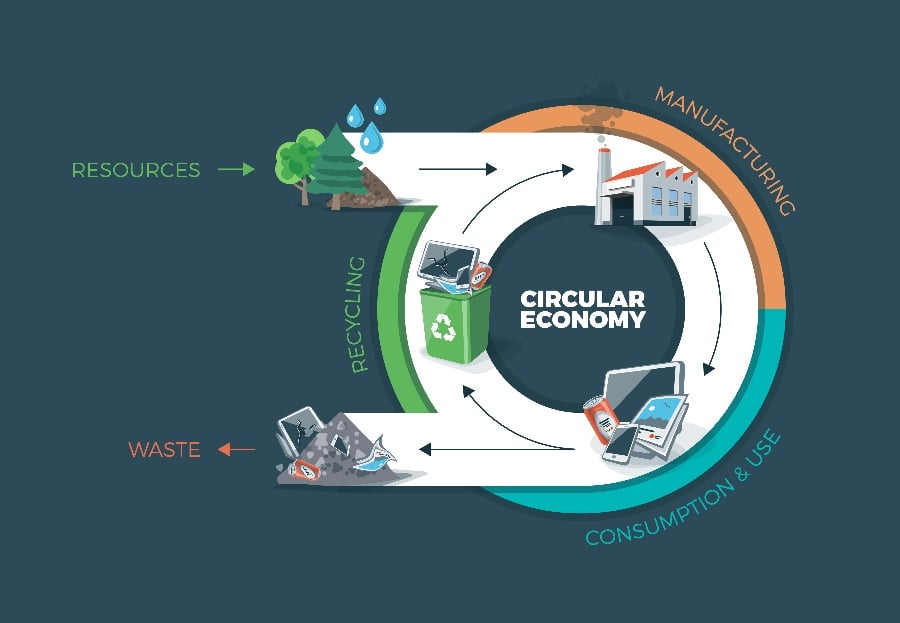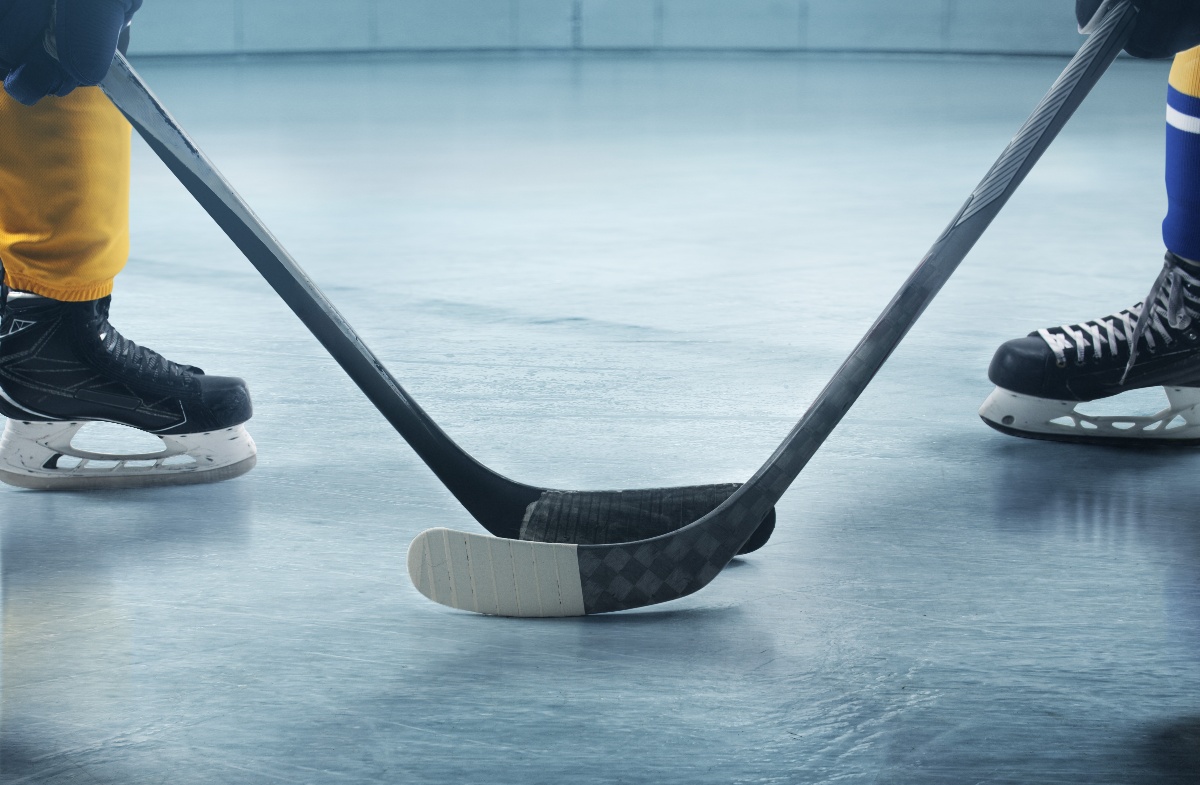
Hockey is a fast-paced, skillful sport that places intense demands on player equipment, especially sticks. As one of the main pieces of equipment contacting the puck, the hockey stick is crucial for key skills like shooting, passing, stick handling, and checking. Even small improvements in hockey stick performance can elevate a player's game. This has spurred continual innovation in materials and design to create sticks that are lightweight, durable, and tailored to player technique and preference.
Engineers have been at the forefront of revolutionizing hockey stick technology over the past few decades. The days of wooden sticks are long gone–today's sticks utilize space-age composite materials, advanced construction methods, and sophisticated engineering design principles. By optimizing factors like flex profile, balance, vibration dampening, and energy transfer, modern hockey sticks have become high-performance sporting equipment.
This article will provide an inside look at the engineering behind hockey stick design and the material science powering modern sticks.
Hockey Stick Design Elements
A critical part of hockey stick performance stems from key design elements and how they are engineered. There are three main areas of the stick that involve detailed design considerations–the blade, shaft, and grip.
Blade
The blade contacts the puck and playing surface, making its design crucial for control, shooting, passing, and stickhandling.
Blade Shape and Curvature
Blade curves vary from small hooks to large sweeps depending on player position and preference. Depth, angle, and shape influence lift on shots and handling. Advanced CAD software aids curve optimization.
Blade Lie
The lie angle where the blade meets the shaft impacts how the puck contacts the blade. Lie is tailored to player height and playing style for optimal control.
Blade Construction
Materials and layering techniques for blades focus on balanced stiffness, vibration dampening, strength, and impact resistance.
Shaft
The shaft transfers energy from the player's movements through flex and kick point areas.
Shaft Shape and Geometry
Tapered round profiles with squared edges allow maximum energy transfer while providing areas for gripping. Shape influences weight distribution and flex behavior.
Shaft Flex and Kick Point
Strategic stiff and flexible areas fine-tune the shaft to player preferences. Kickpoint location and dynamic flex profiles support passing, shooting, and puck-handling motions.
Shaft Construction
Shafts utilize layered aerospace-grade composites of carbon fiber, fiberglass, Kevlar, and ultra-high molecular weight polyethylene fibers bonded with epoxy resins. Unidirectional orientations amplify strength and stiffness.
Engineering Design Challenges
Designing elite hockey sticks involves navigating complex tradeoffs around flex, stiffness, durability, weight, and performance. Engineers utilize advanced analysis methods to simulate real-world stresses and fine-tune attributes.
Optimizing Flex and Stiffness
The flex profile influences the kickpoint for shooting and energy transfer for puck control. Stiffness affects stability during shots and passes. Engineers balance bend and rigidity through strategic material layering and shaft geometry to match player style and preferences. Finite element analysis shows stress distribution.
Improving Durability and Fracture Resistance
The hockey stick undergoes significant impact forces. Engineers focus on enhancing toughness, crack resistance and shielding the blade's foam core. Using interlaced carbon fiber sheaths over the core augments fracture resistance while Kevlar and fiberglass fibers enhance impact strength.
Reducing Weight while Maintaining Performance
Lower stick weight improves handling and swing speed but can reduce stability and energy transfer. Advanced ultra-high modulus carbon fibers allow thin, lightweight constructions without compromising stiffness and strength. Airfoils and cutout designs also aid in weight reduction.
Material Properties and Stick Performance
The composite materials and construction methods used in hockey sticks directly affect critical performance factors from shot power to feel and durability.
Impact of Material Properties on Shot Accuracy and Power
Stick stiffness, balance and mass distribution influence energy loading for shooting. High modulus carbon fibers combined with fiberglass and an epoxy matrix allow fine-tuned flex profiles for precision shots with maximum power transfer.
Relationship Between Stick Flex and Shooting Technique
The right flex rating and kickpoint match the stick to a player's shooting technique and strength. Sticks store elastic strain energy during the shot load-up and release it through the optimized kick point for superior velocity.
Effect of Vibration Dampening on Player Comfort and Fatigue
Some composites dampen vibrations from impact shocks better than carbon fiber. Layering materials harmonize vibration modes for a more comfortable, less jarring feel that reduces hand numbness and fatigue.
Durability and Longevity of Different Materials
Fiberglass meshes well with carbon layers for fracture toughness, while Kevlar augments impact resistance. Weather-resistant epoxy resins prevent moisture degradation. These material choices maximize the lifespan of the stick.
Engineers characterize materials through lab testing and simulations. Quantifying the mechanical properties empowers performance-driven designs optimized for power, precision, longevity, and feel. Matching properties to a player's physiology and style accelerates skill development.
The Potential of FRP for Hockey Sticks
While carbon fiber garners much of the attention in composite hockey sticks, fiberglass reinforced plastic (FRP) composites present intriguing possibilities. Blending fiberglass and plastic resins may optimize performance and economics.
Though less stiff than carbon fiber, fiberglass matches or exceeds its strength and fracture toughness–critical for durability. Fiberglass also better dampens harmful vibrations that cause "stingers" in the player's hands. Its flexibility aids puck control for stickhandling and passing.
Lightweight Strength from Plastics
Reinforcing fiberglass strands with thermoplastic resins like polypropylene or ABS plastic creates rigid FRP composites. The plastic matrix transfers load forces between the strong glass fibers. Plastics keep weight low for fast maneuvering.
Cost and Sustainability Factors
Fiberglass and plastic resins cost a fraction of carbon fibers, keeping material costs down. Increased durability also reduces replacement costs. As sustainability grows in importance, thermoplastics allow recyclability at the end of life.
Enhanced Manufacturing Approaches
Automated production systems like heated press molding and pultrusion processes enable high-volume, low-cost output of FRP sticks molded to precise specifications. Consistent quality raises the technology's viability.
In professional to youth levels, FRP composites present an appealing combo of performance, economics and responsible sourcing that may drive the next evolution in sticks. More R&D will uncover the full potential.

